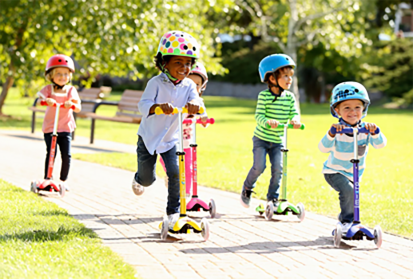Kids Scooters for Rough Roads A Guide to Choosing the Right One
When it comes to outdoor play, nothing excites kids like a scooter. Scooters are not only fun but also promote physical activity and balance. However, if you live in an area with rough roads or uneven terrains, choosing the right scooter becomes crucial. This article will guide you through the essential features to consider when selecting a scooter for kids that can handle rough roads effectively.
1. Wheel Size and Material
The size and material of the wheels are critical factors in determining how well a scooter performs on rough surfaces. Larger wheels provide better stability and can easily roll over bumps and cracks. For rough roads, look for scooters with 100mm to 200mm wheels.
Additionally, the material of the wheels affects durability and grip. Rubber wheels tend to offer better traction, which is essential for uneven surfaces. Some scooters feature shock-absorbing wheels that can provide extra cushioning, making rides smoother and more comfortable for kids.
2. Deck Design
The deck of the scooter must be sturdy to withstand the challenges posed by rough terrains. A wider deck allows for better balance, giving children the confidence to ride over uneven ground. Look for scooters with non-slip, textured surfaces on the deck to prevent slips and falls.
Low-to-the-ground decks are also preferable because they provide a lower center of gravity, enhancing stability. This is especially beneficial for younger children who are still mastering their balance.
3. Suspension System
A good suspension system can significantly enhance the riding experience on rough roads. It helps absorb shocks from bumps and uneven surfaces, allowing for a smoother ride. Some scooters come equipped with front or dual suspension systems that can effectively reduce the impact of rough terrain. Investing in a scooter with a quality suspension system can improve comfort and control for your child.
kids scooter for rough roads

4. Frame Material and Construction
The frame of the scooter should be made from durable materials that can withstand wear and tear. Aluminum and high-quality plastic are common materials that offer a good balance between weight and durability. A lightweight scooter is easier for kids to maneuver, but it should still be robust enough to handle rough surfaces.
Additionally, the construction quality is vital. Check for reinforced joints and robust design elements that can endure the pressures of outdoor play. A sturdy build will not only enhance the scooter's lifespan but also ensure greater safety for your child.
5. Safety Features
Safety should always be a top priority when selecting a scooter for children. Look for features such as a reliable braking system, ideally a hand brake that can help kids stop quickly and safely on downhill paths or rough roads. Reflective materials or lights can also improve visibility, making it safer for your child to ride in varying light conditions.
6. Weight Limit and Age Range
Before purchasing, consider the weight limit and recommended age range for the scooter. Many manufacturers specify these details to ensure that the product is suitable for certain age groups. Choosing a scooter that matches the child's size ensures not just safety but also a better riding experience.
Conclusion
Choosing the right scooter for kids that can handle rough roads involves careful consideration of various factors such as wheel size, deck design, suspension system, frame material, safety features, and weight limits. When you prioritize these aspects, you'll not only provide your child with a fun and exciting way to explore their surroundings, but you will also ensure they stay safe while doing it. With the right scooter, kids can enjoy their outdoor adventures on any terrain, promoting an active lifestyle and plenty of fun!
-

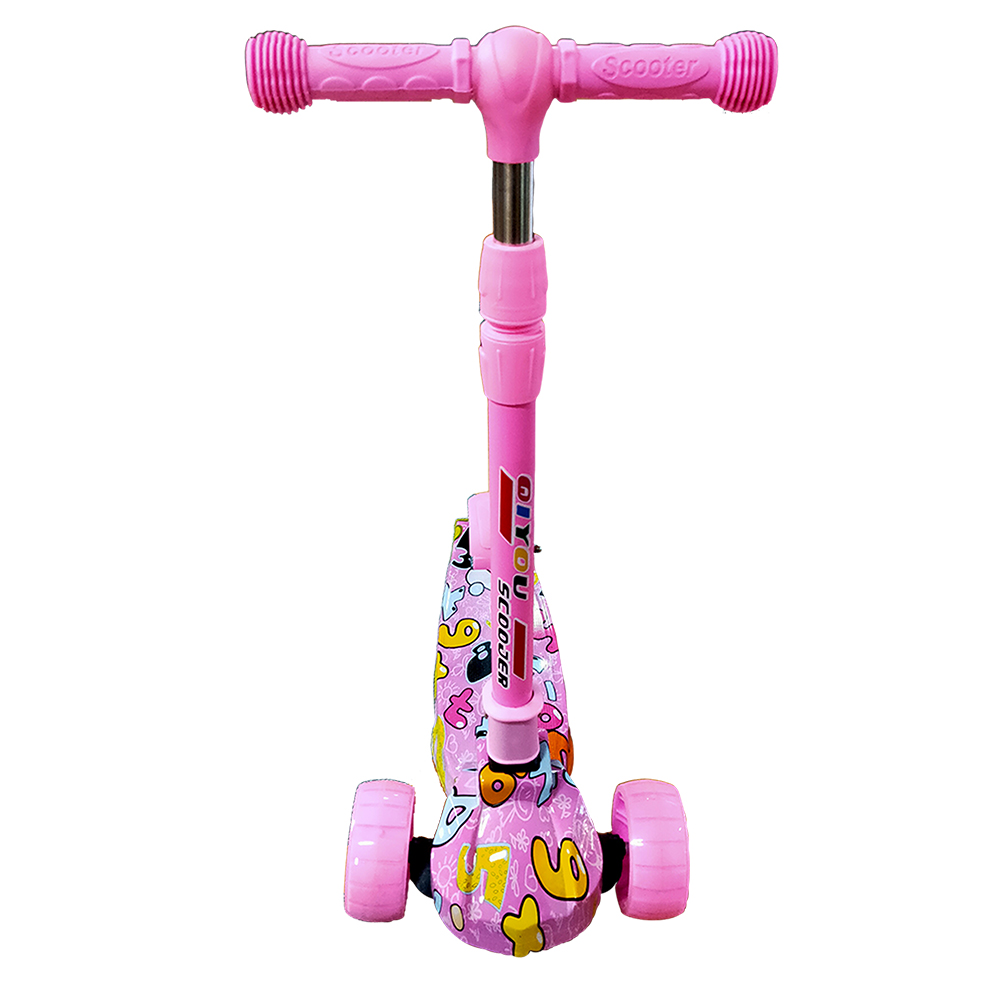 Scoot&RideKids Child Kick Push Scooter 3 Wheels with LED Flashing Tilt Lean Boys Girls Scooter
Scoot&RideKids Child Kick Push Scooter 3 Wheels with LED Flashing Tilt Lean Boys Girls Scooter




- 4
$33.17 -

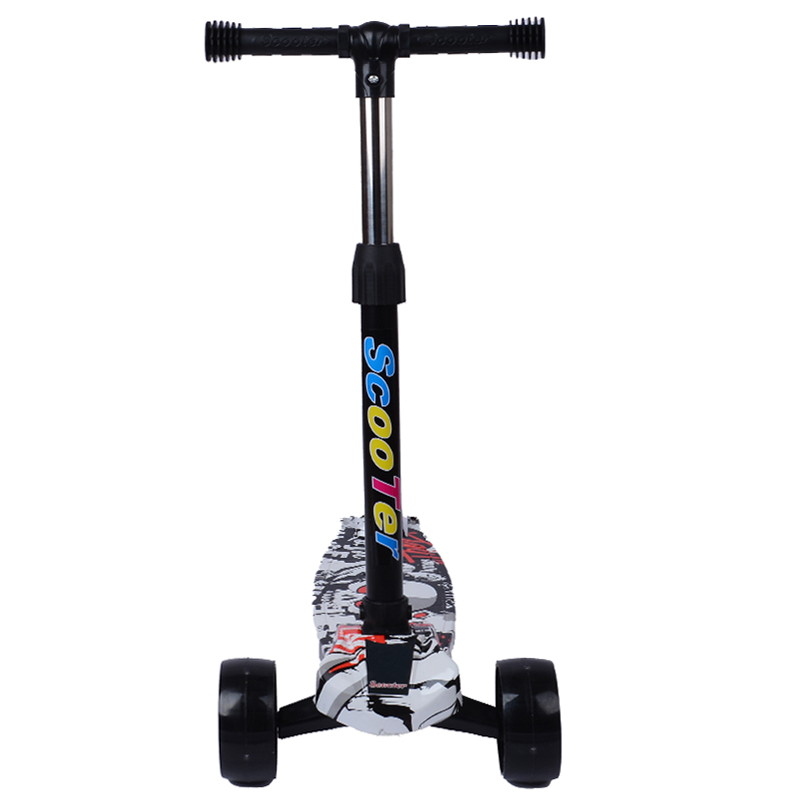 Scoot&RideKids Scooter Child Kick Flashing LED Light Up 3 Wheel Push Adjustable Folding 3
Scoot&RideKids Scooter Child Kick Flashing LED Light Up 3 Wheel Push Adjustable Folding 3- 0
$25.52 -

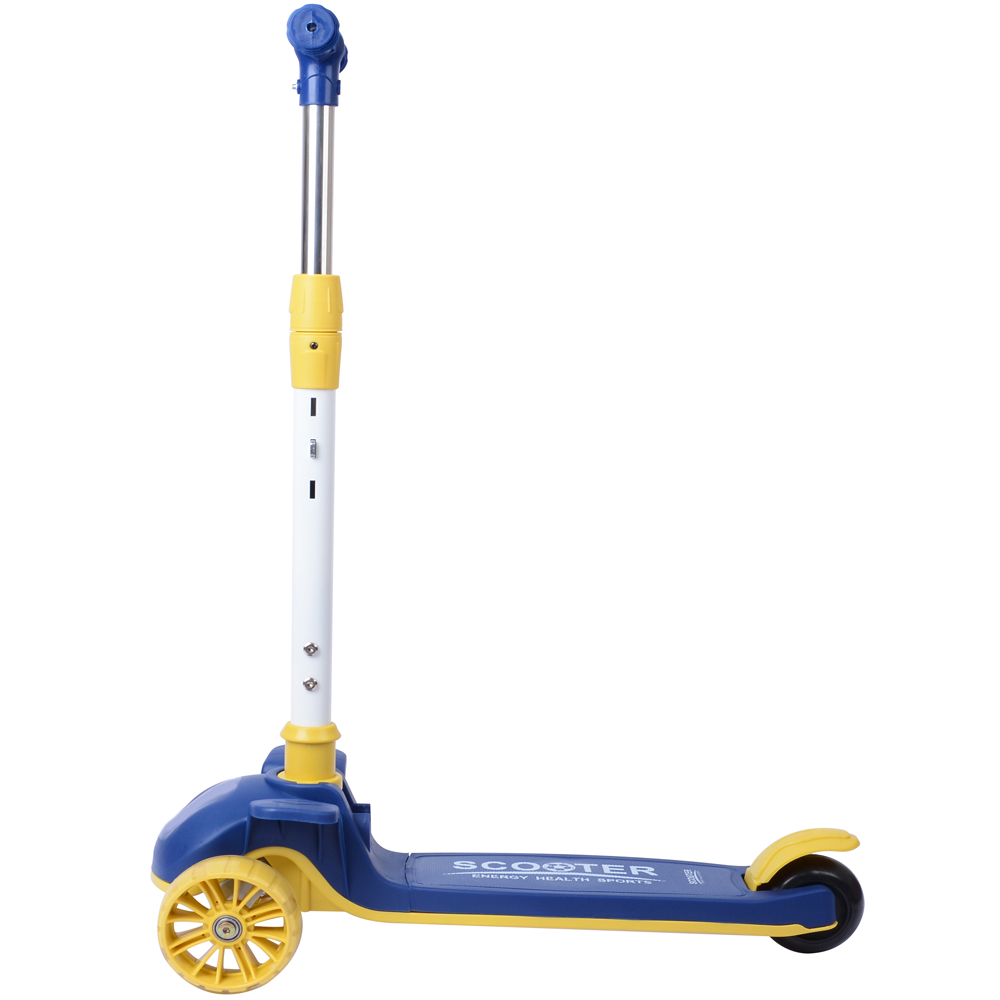 Scoot&RideKids Scooter Child Kick Flashing LED Light Up 3 Wheel Push Adjustable Folding 2
Scoot&RideKids Scooter Child Kick Flashing LED Light Up 3 Wheel Push Adjustable Folding 2- 0
$33.17 -

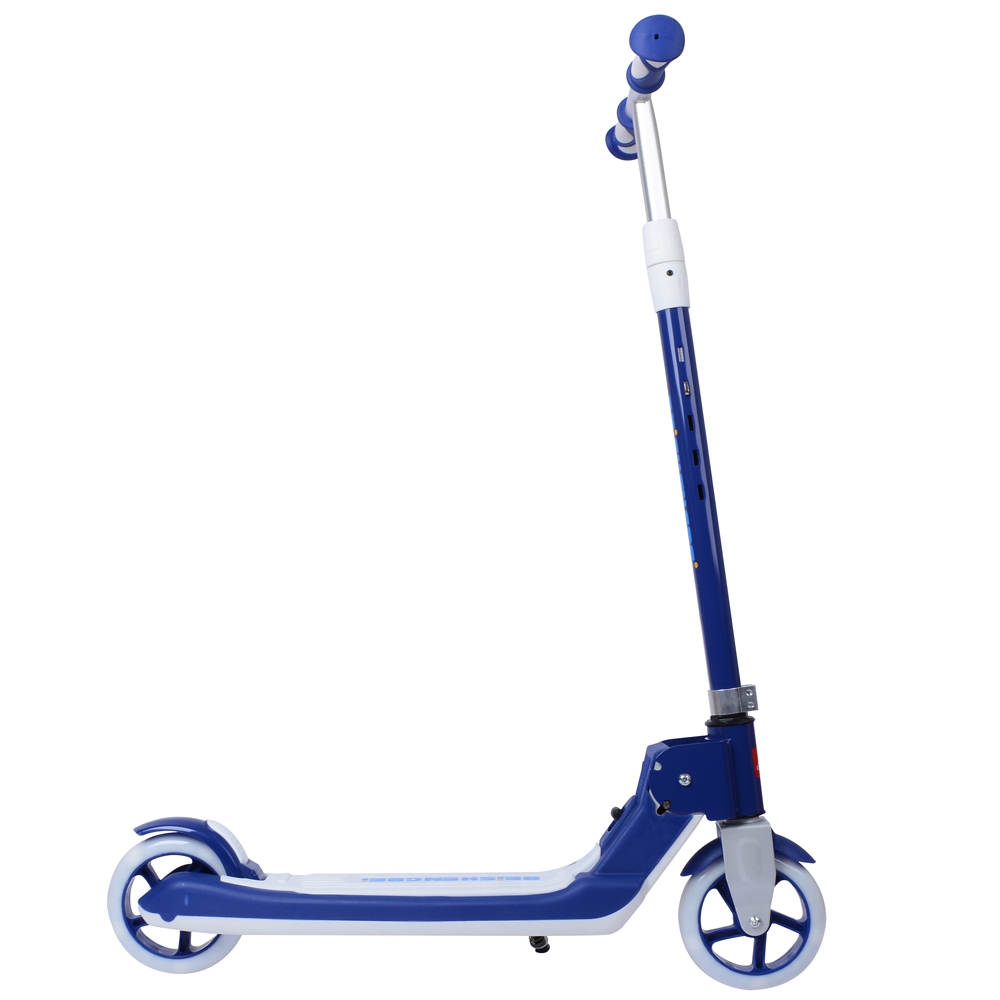 Scoot&RideKids Scooter Teens Foldable Kick Push Scooter Adjustable Height Safe 2 Wheels
Scoot&RideKids Scooter Teens Foldable Kick Push Scooter Adjustable Height Safe 2 Wheels




- 4
$49.99
Meet our partners and discover what powers their creativity!
When you register for a Lohas scooter, you will receive a 10% discount on your first order and can be notified of sales, new product launches and other offers in advance.









